Grocery shopping is a routine part of life, but the cost of food has changed dramatically over the decades. Comparing prices from 1950 to 2020 reveals not only how much more we pay today but also the economic and social factors that have influenced these changes. Let’s take a closer look at how much common grocery store items cost in 1950 versus 2020.
Steak
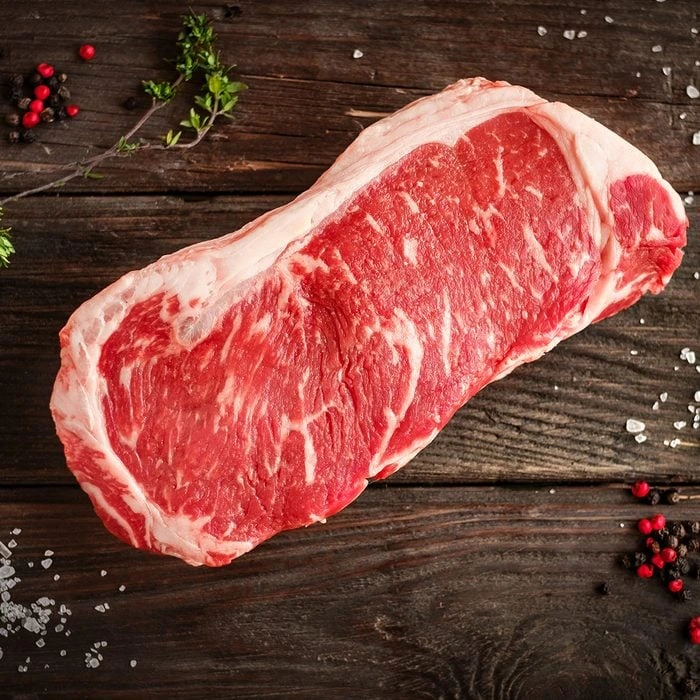
1950: 0.85/lb1950AdjustedForInflation:0.85/lb1950AdjustedForInflation:9.34
2020: $5.72/lb
Milk
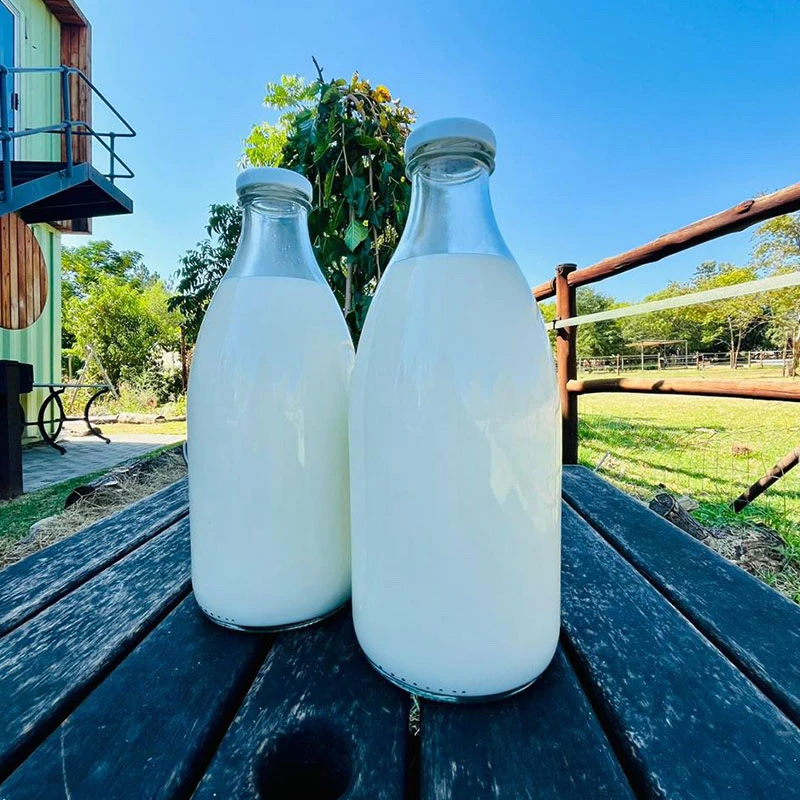
1950: 0.83/gallon1950AdjustedForInflation:0.83/gallon1950AdjustedForInflation:9.10
2020: $3.50/gallon
Bread
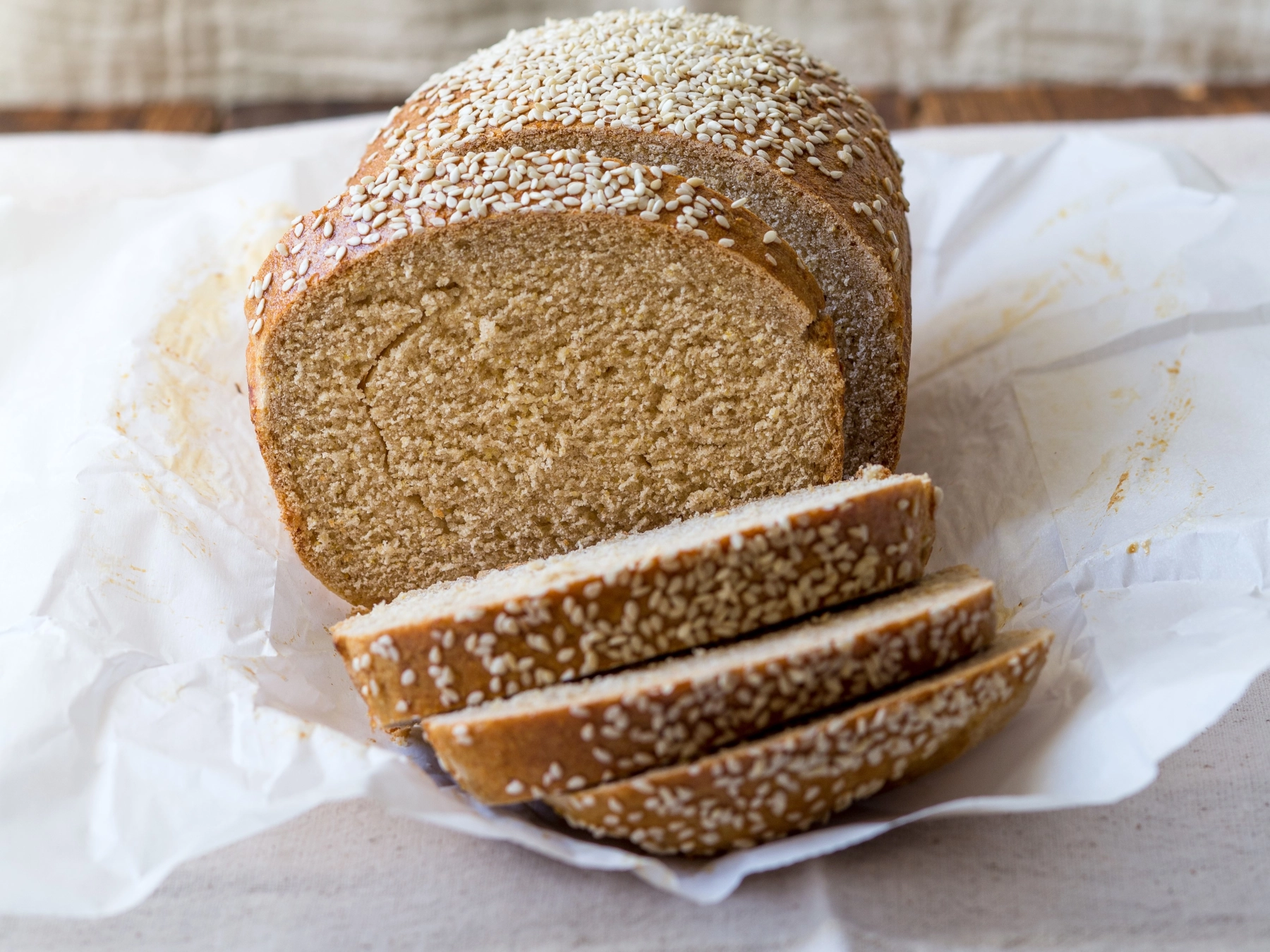
1950: 0.12/loaf1950AdjustedForInflation:0.12/loaf1950AdjustedForInflation:1.32
2020: $2.50/loaf
Eggs

1950: 0.60/dozen1950AdjustedForInflation:0.60/dozen1950AdjustedForInflation:6.58
2020: $1.50/dozen
Coffee

1950: 0.79/lb1950AdjustedForInflation:0.79/lb1950AdjustedForInflation:8.67
2020: $4.50/lb
Chicken
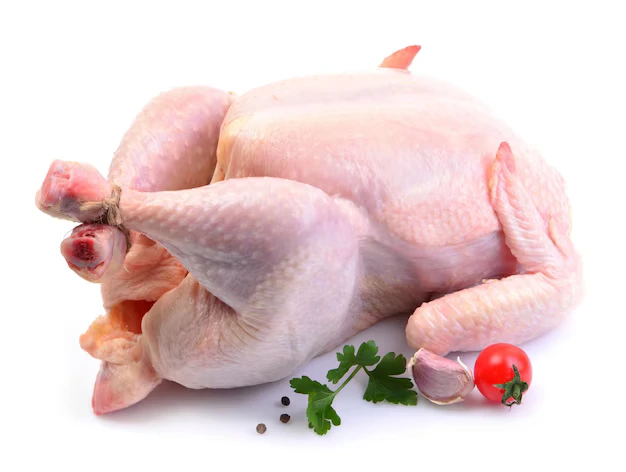
1950: 0.40/lb1950AdjustedForInflation:0.40/lb1950AdjustedForInflation:4.39
2020: $1.50/lb
Potatoes
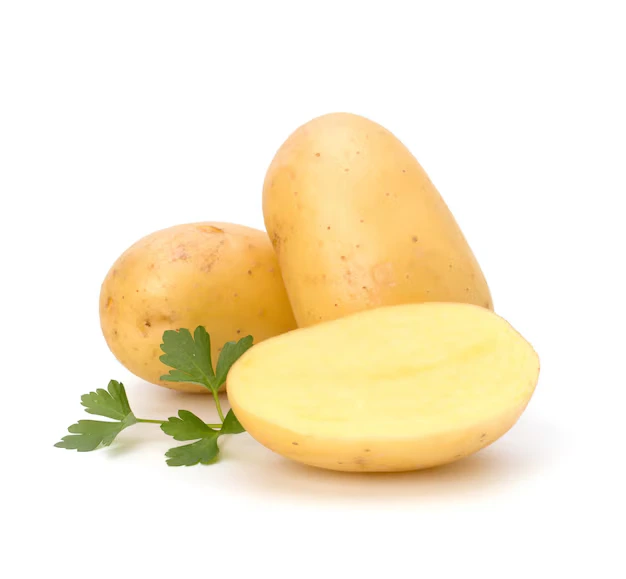
1950: 0.45/10lbs1950AdjustedForInflation:0.45/10lbs1950AdjustedForInflation:4.94
2020: $3.00/10 lbs
Butter

1950: 0.72/lb1950AdjustedForInflation:0.72/lb1950AdjustedForInflation:7.90
2020: $3.50/lb
Sugar
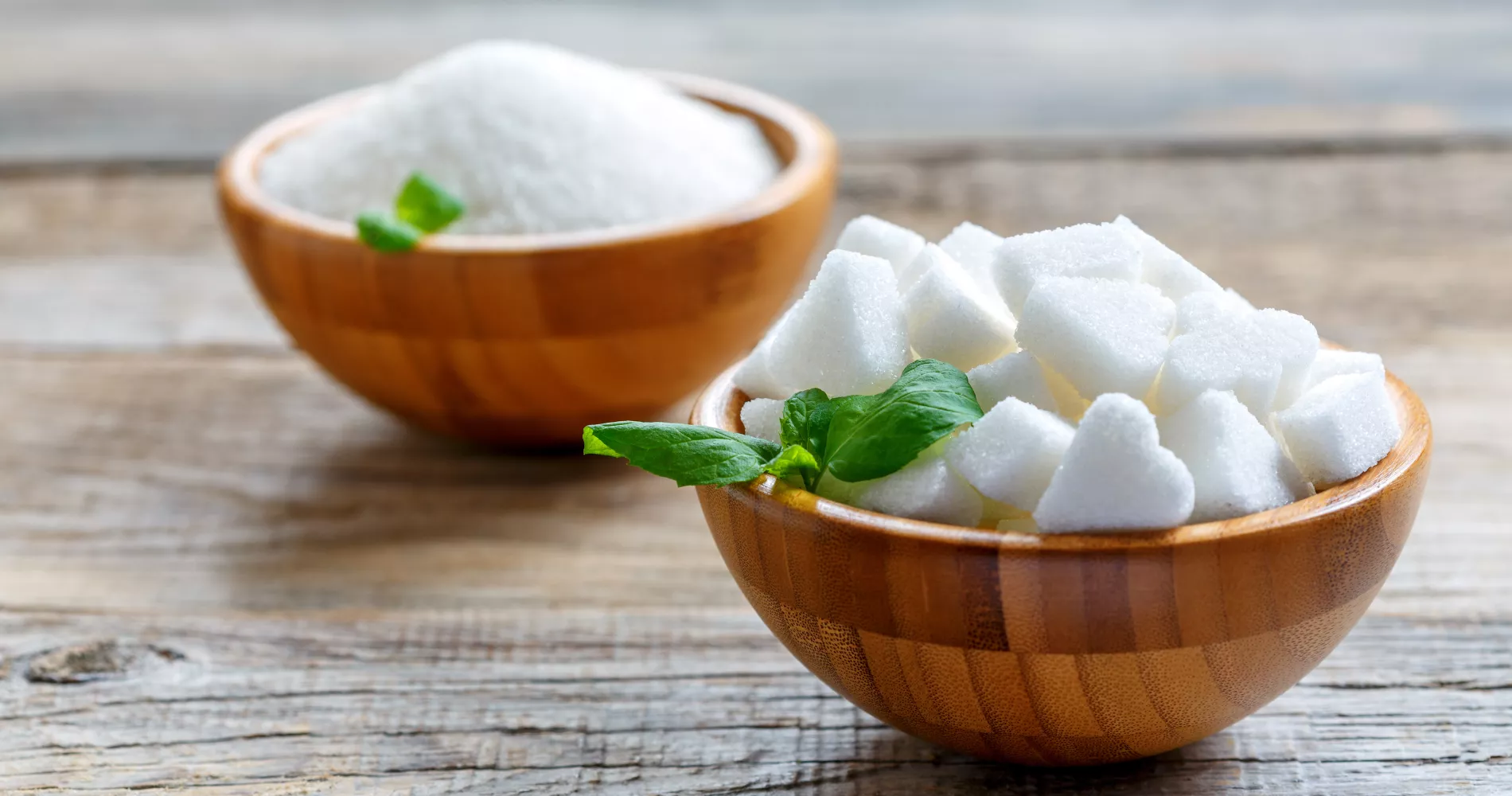
1950: 0.05/lb1950AdjustedForInflation:0.05/lb1950AdjustedForInflation:0.55
2020: $0.60/lb
Flour
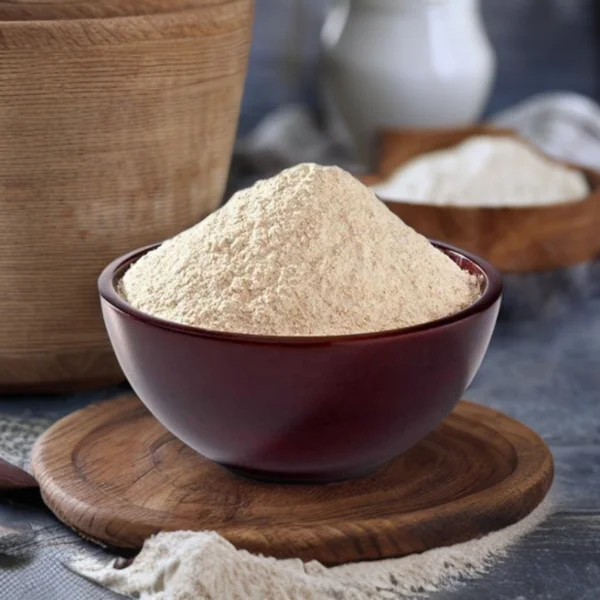
1950: 0.12/5lbs1950AdjustedForInflation:0.12/5lbs1950AdjustedForInflation:1.32
2020: $2.50/5 lbs
Conclusion
Comparing grocery prices from 1950 to 2020 highlights the impact of inflation, technological advancements, and changes in consumer demand. While some items have become more affordable, others have seen significant price increases. Understanding these trends helps us appreciate the economic forces shaping our daily lives.







